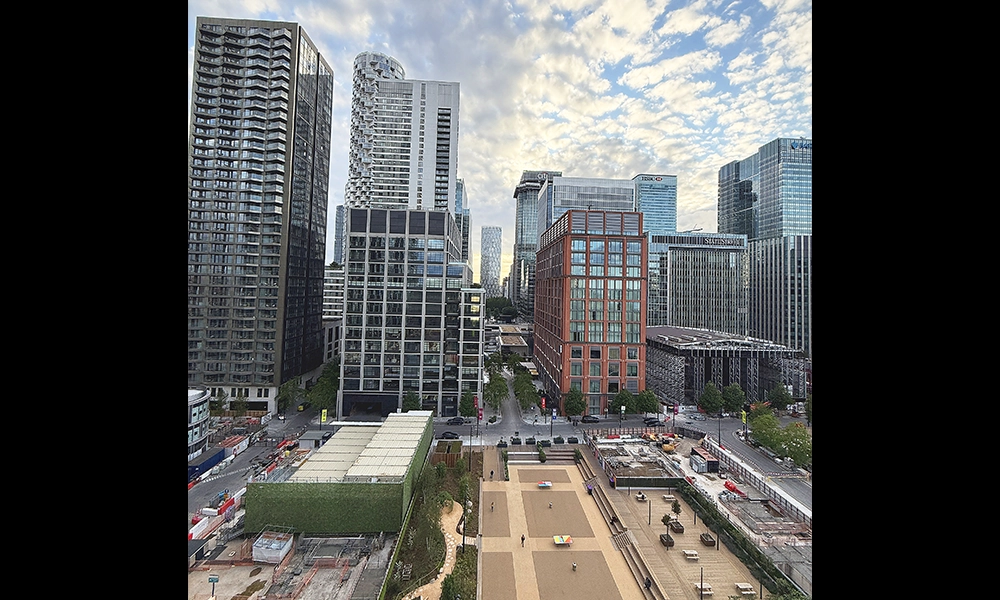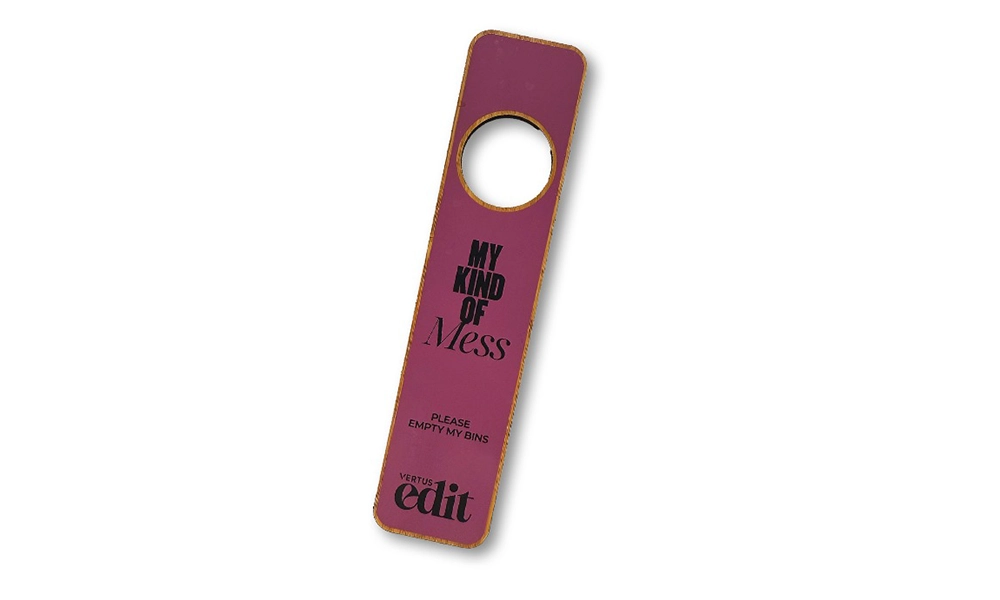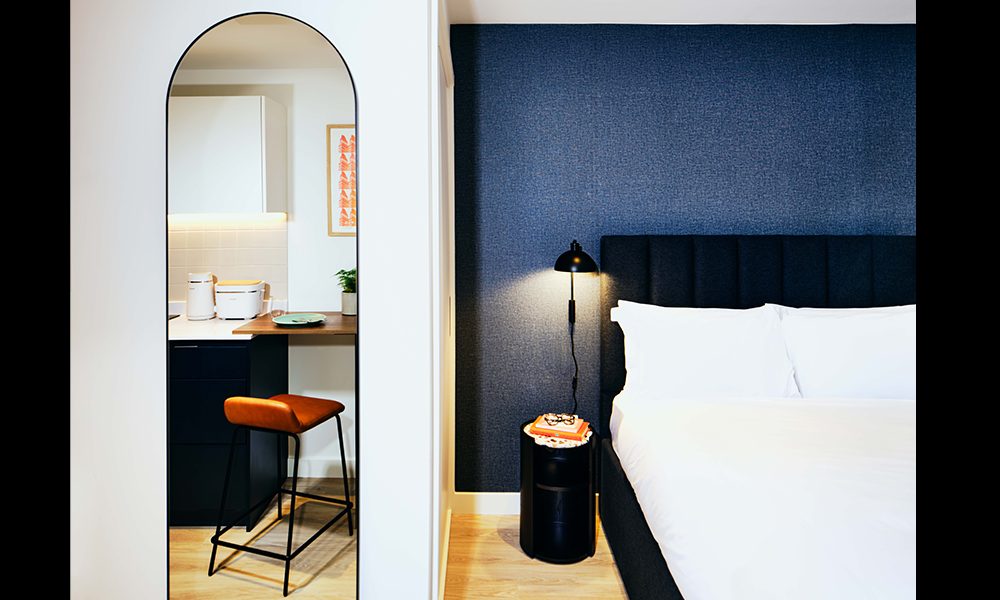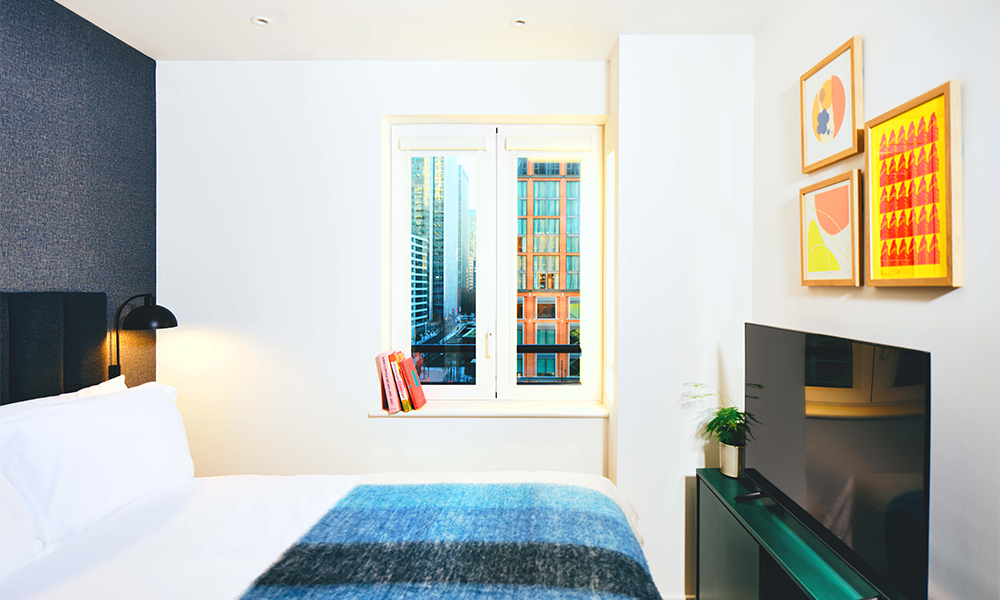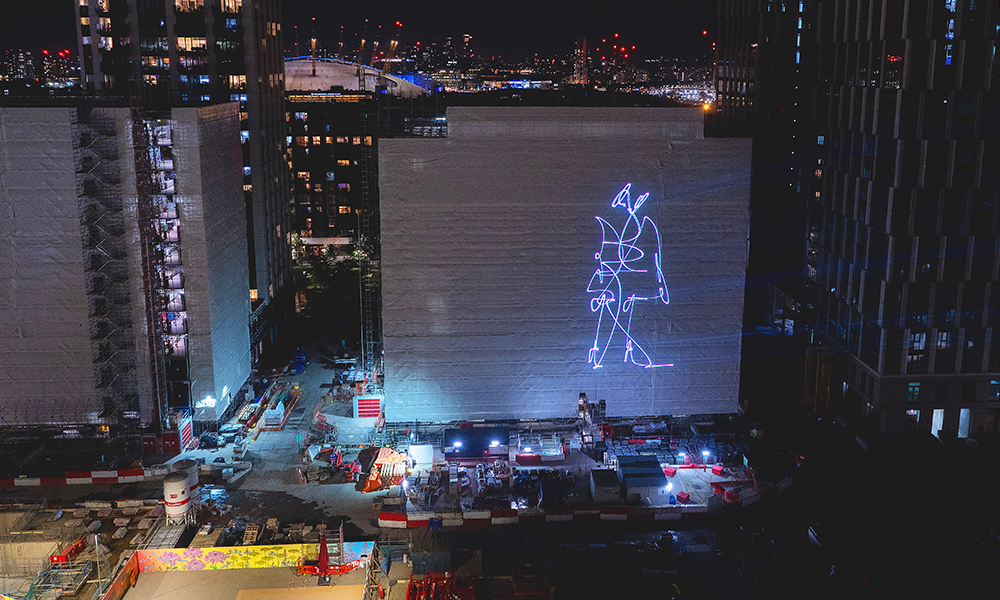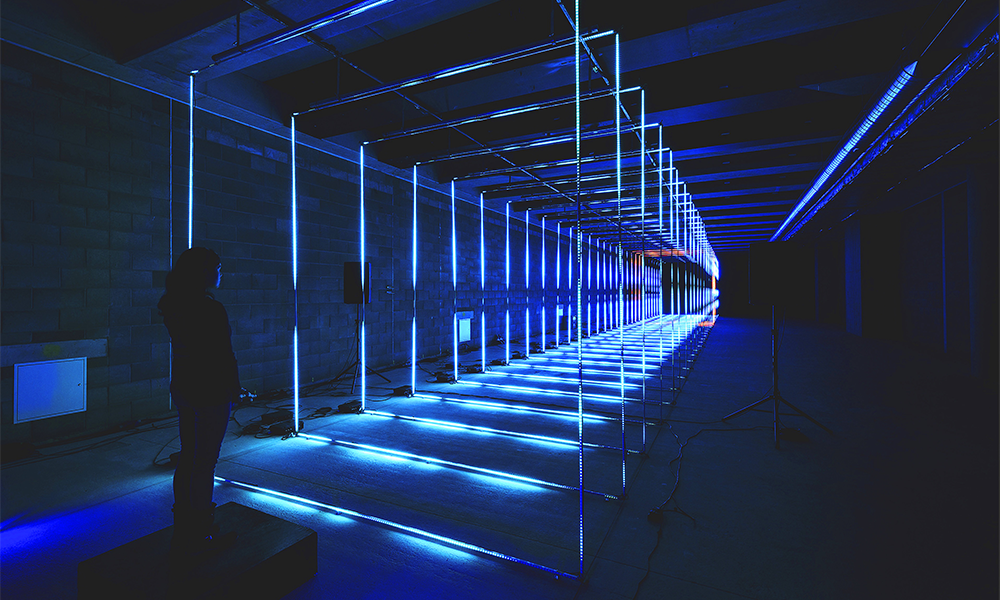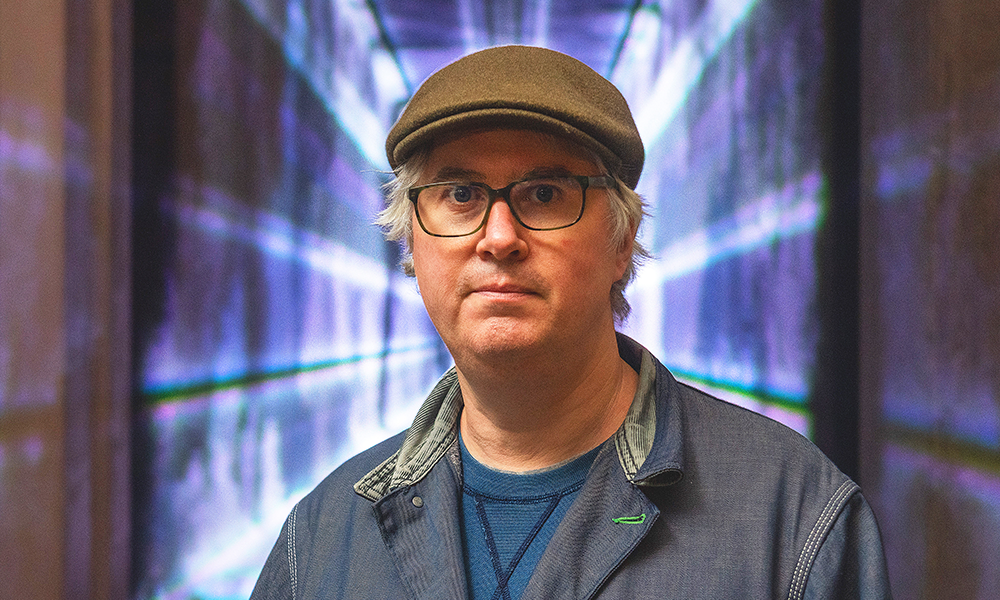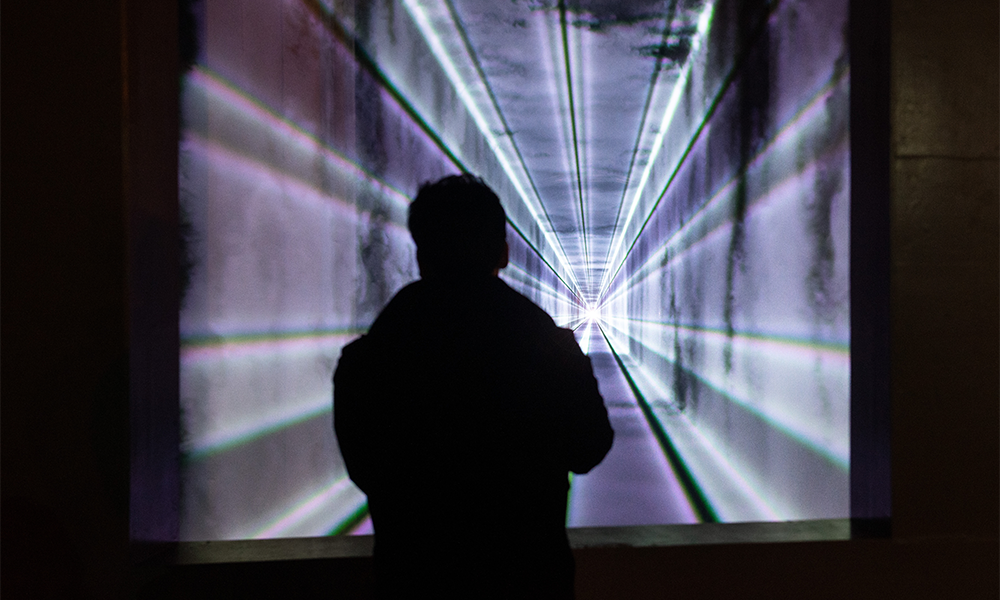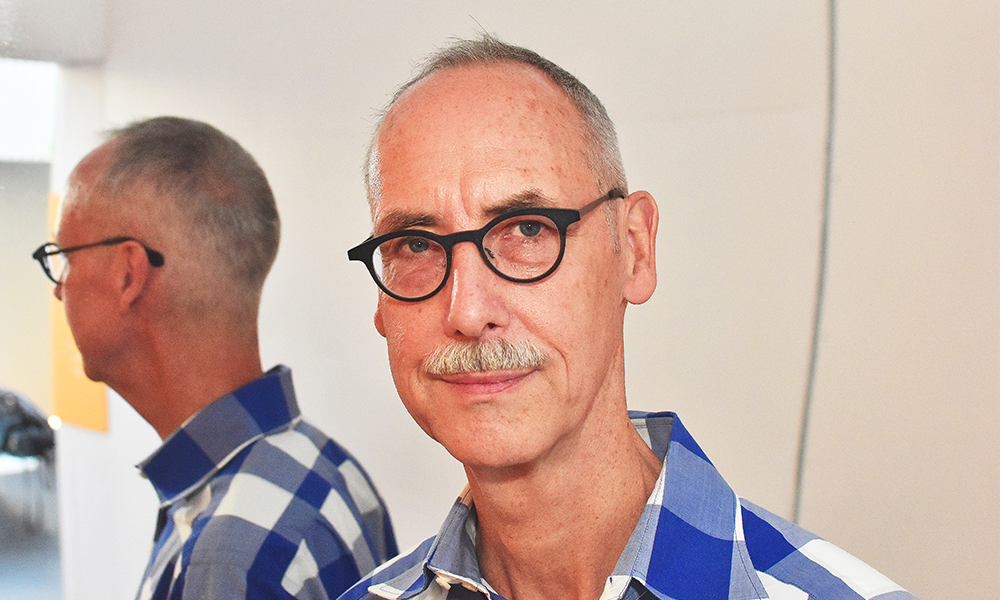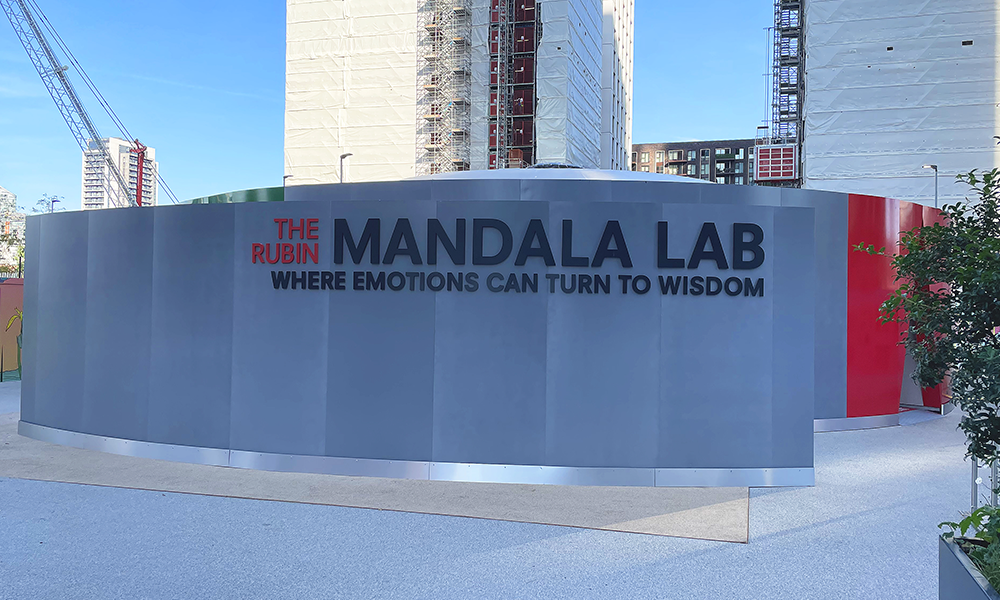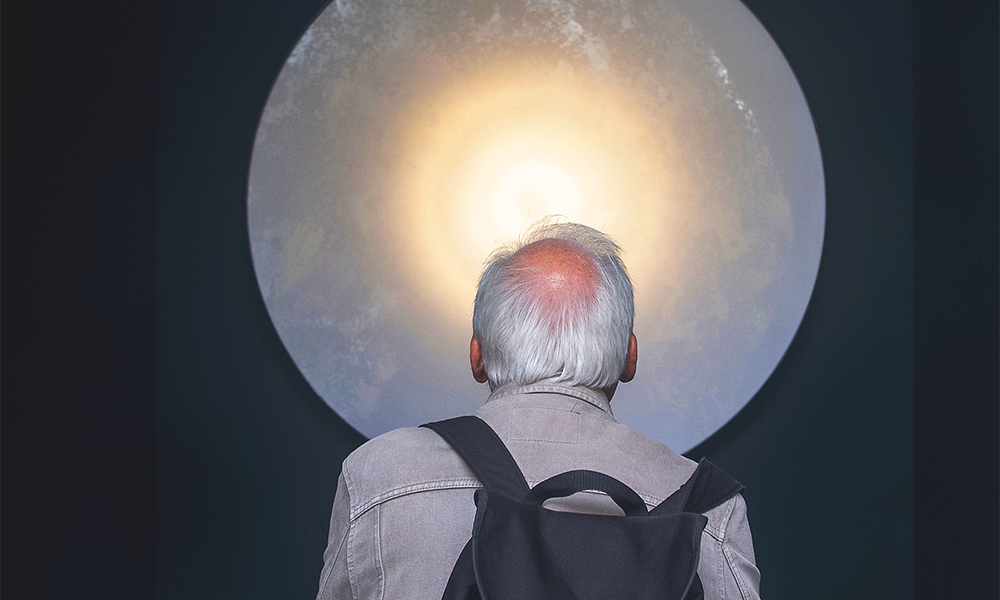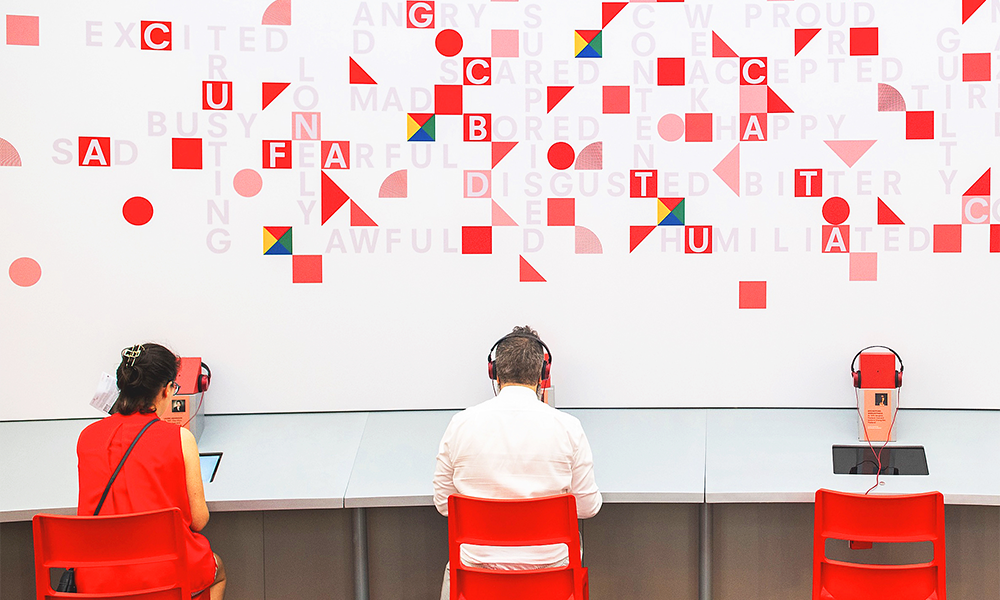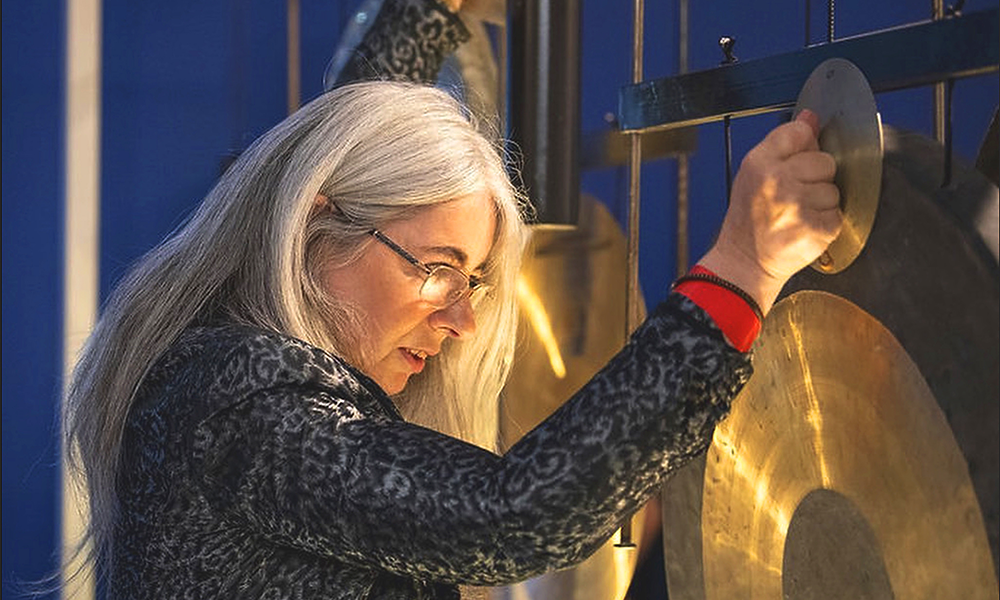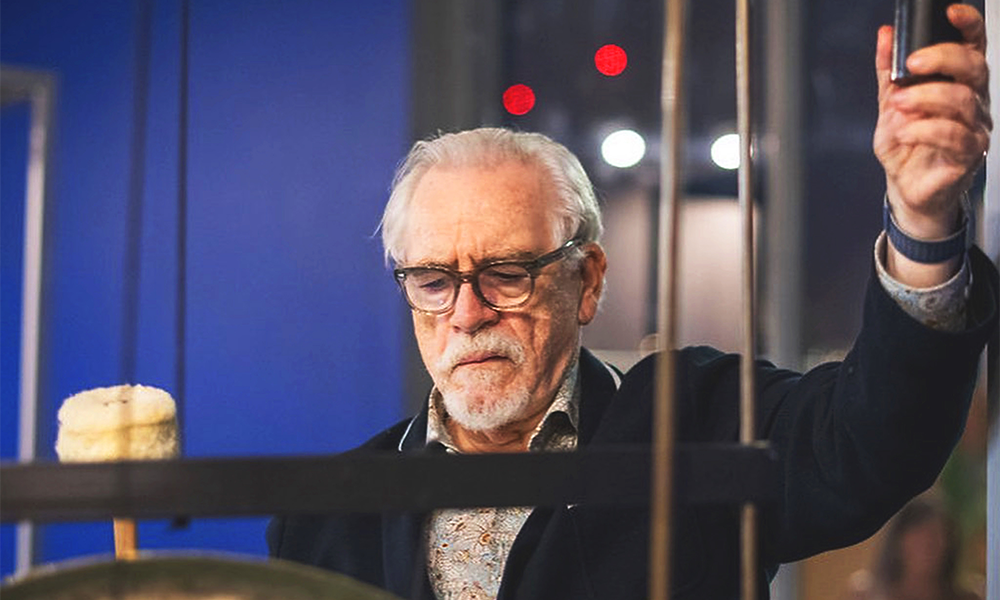We catch up with co-founder of the Stratford-based business, Rebecca Rosmini as it brings coffee, parties and focaccia to Canary Wharf’s Union Sq

Subscribe to our free Wharf Whispers newsletter here
ADVERTISEMENT FEATURE
Wood Wharf is enjoying a potent injection of energy.
8 Harbord Square has seen nail specialist Awe London, stylist Wayne Hairdresser Salon and florist The Flower Club all open their doors in recent months.
But these arrivals are very much in the vanguard of a cascade of launches to come.
With Union Square acting as a wide boulevard through to the eastern edge of the estate – picnic and ping pong tables already attracting a healthy flow of Wharfers – it’s perhaps the ideal time for Signorelli to arrive in the neighbourhood.
The people need refreshment and this Italian bakery and cafe business is here to provide it, opening daily from 7am to 7pm.
“The message is simple,” said Rebecca Rosmini, CEO of Signorelli, which she founded with husband Alberto a little over 10 years ago.
“We do great coffee, pastries, focaccia, cakes, cookies and biscuits.
“In Italy, you have places where you buy your croissant and your coffee, have a chat with a neighbour and then go on with your day.
“Our recipes are Italian-inspired – the ethos is very much from Alberto’s mum’s way of cooking – but we’ve adapted them for the UK market.
“Our coffee is fantastic, Italian blends and roasts, different to much of east London where there has been a trend for darker roasts.
“Our espresso is really lovely.”
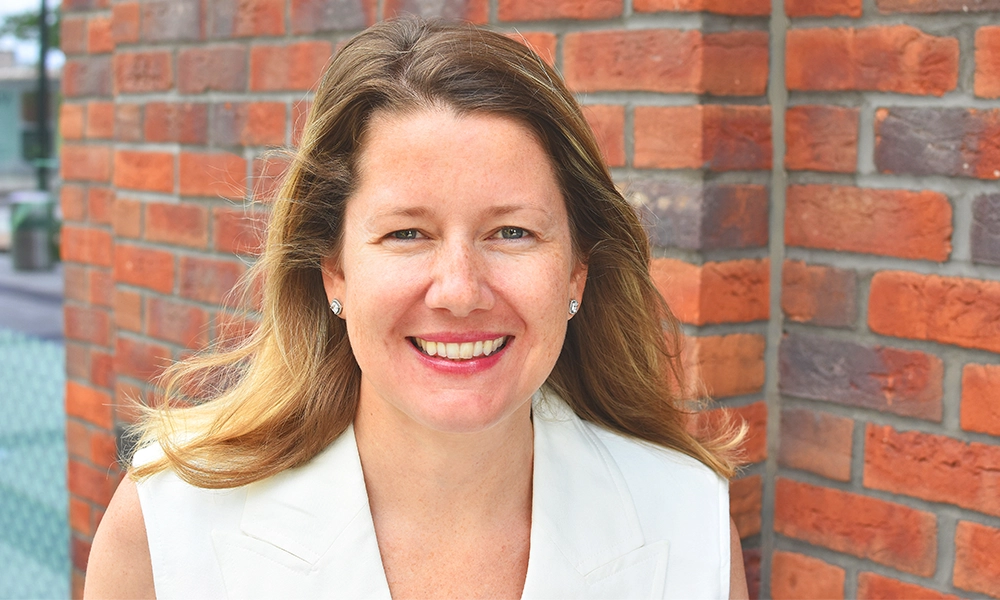
the learning curve of Signorelli
Wood Wharf will be the fifth branch in what has become a finely tuned east London operation.
However, Signorelli’s genesis was not without its learning curve.
“My background is as a surveyor in commercial real estate,” said Rebecca, originally from Hartlepool.
“My mum started investing in residential property in the 1990s and needed a mini-me to go around building Ikea furniture for her.
“I still like doing that – it gives me a very tangible before-and-after feeling and you can see the results immediately.”
Joining the Tesco graduate scheme having mastered the allen key, Rebecca forged a career with the supermarket giant before a move to Sainsbury’s property team.
She then founded RSR, her own commercial real estate advisory company, that has since worked with the likes of Deliveroo, Asda, Boots and local authorities.
“After starting the business, I met Alberto, an agronomist – he moved to London to look for a job because it wasn’t the right time for me to relocate,” said Rebecca.
“Then he started baking at home. He can be very obsessive and it got a bit out of control.
“We started giving out baked goods to our neighbours, then we started doing picnics and having big dinner parties at home in our tiny flat in Camden.
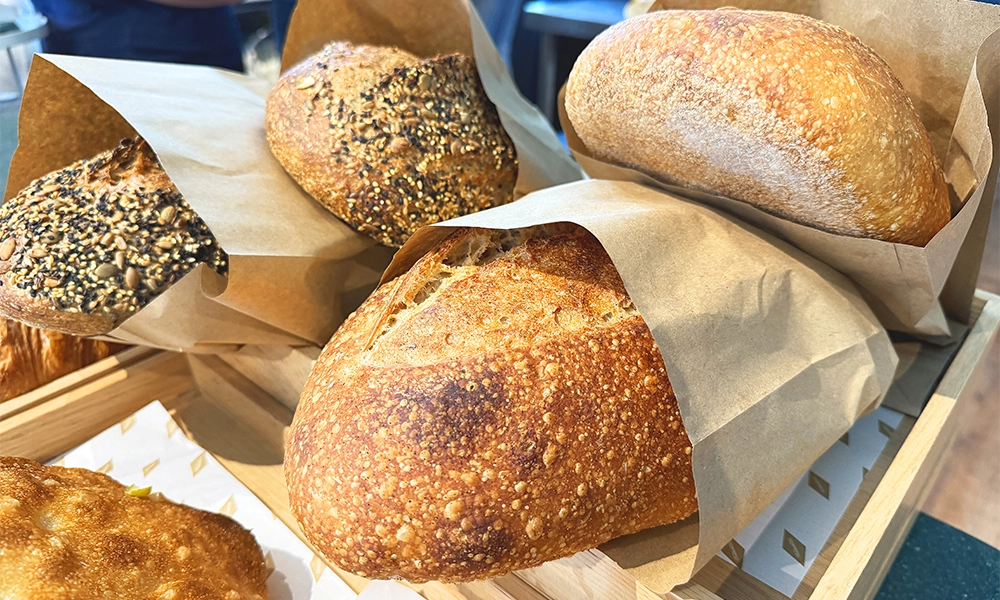
“People started joking that we should have our own catering company.
“One day, an Italian pizzeria company approached me to find a site in London and they were looking for a manager, so I put my husband forward.
“We went on a journey with them and went through the process of finding locations but we discovered they wanted to import frozen food from Italy and defrost it here to serve.
“That wasn’t what we wanted, so we parted ways.
“Alberto was so disappointed. He’d spent six months developing recipes and was really down, so we thought: ‘Stuff it, let’s do it ourselves’.
“I knew that East Village in Stratford was launching retail units and thought we should go and have a look.
“I hadn’t been back since my time at Sainsbury’s and it was October 2014, windy, cold and empty.
“There could have been tumbleweed.
“There was no transport hub, no retail – I just didn’t see it. But Alberto thought it was perfect.
“He said I should imagine it, that it was just like Italy – pedestrianised with water and trees – that it would all be about people walking, talking and interacting.
“I made peace with it.
“We designed the unit ourselves, it immediately felt like home and we had friends popping in to help.
“The Ikea skills came back too and then the vinyls came down, even though I didn’t really feel ready to have people in.”
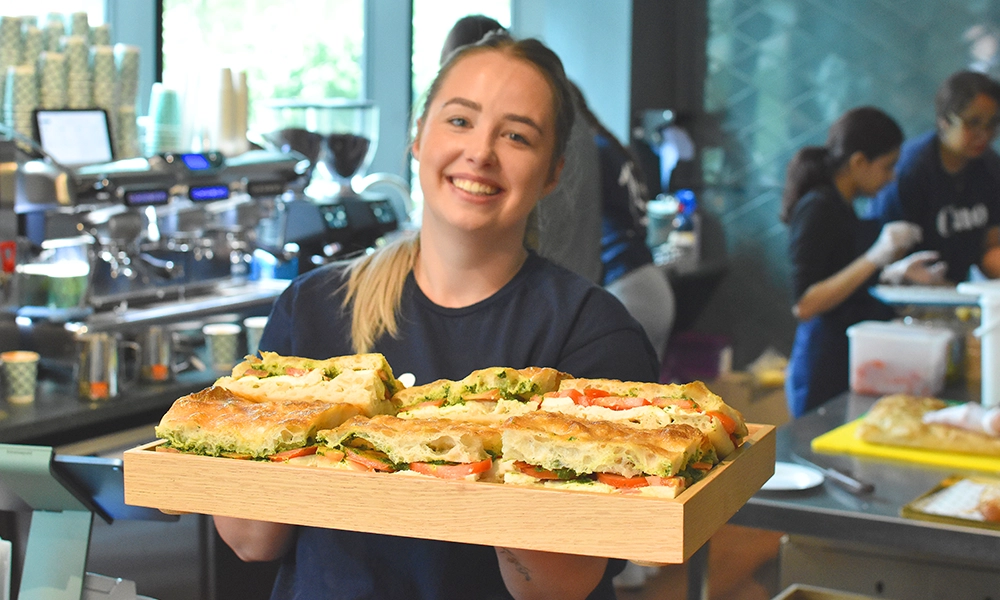
opening the doors
“It was carnage,” said Rebecca.
“We had no idea what we were doing and, before we opened, I suddenly decided we were going to do scrambled eggs, because that was what people needed.
“We looked up how Jamie Oliver did them and then we opened.
“We forgot to hire people, so we had a queue out of the door and people came to help us.
“We had lawyers and accountants, some vegetarian, cooking sausages – we didn’t even know that you had to prep food ahead of service.
“We were cooking like you would at home – we just thought it would be the same.
“We went on a three-year learning curve and there were so many terrible stories along the way.
“I think it was the community that made us survive – we had so many people rooting for us.
“People wanted us to succeed and I was blinded to how crap we were. It took a long time.”

fighting for Signorelli
In the end, the pandemic was part of the solution. The first lockdown provided a forced stop, time to rest, regroup and rethink.
“I always say we’ve had two businesses – the crap one from 2015 to 2020 and then 2.0,” said Rebecca.
“We decided we were determined to fight for Signorelli – we had put so much into it and we weren’t just going to kill it.”
Salvation began with a serendipitous decision taken in 2019 to install a serving window out onto the street.
This reopened in April 2020 to serve pastries and coffee. People queued in socially distance fashion.
Back as a small team, with Alberto – as ever – baking overnight, Signorelli had two baristas serving and Rebecca doing deliveries in her trusty 25-year-old SEAT. It was a fresh foundation.
Suffering “PTSD” from the smell of burnt eggs, they resolved never to offer brunch again and set out on a new path – baked goods, coffee and alcoholic drinks for later in the day.
The arrival of the couple’s second child prompted another change as Signorelli opened its Bakehouse, centralising production in part to allow Alberto to work fewer antisocial hours.
Instead, the new direction was the catalyst for creating the current shape of the business, allowing greater capacity for more staff and the founders to step back a bit from the day-to-day.
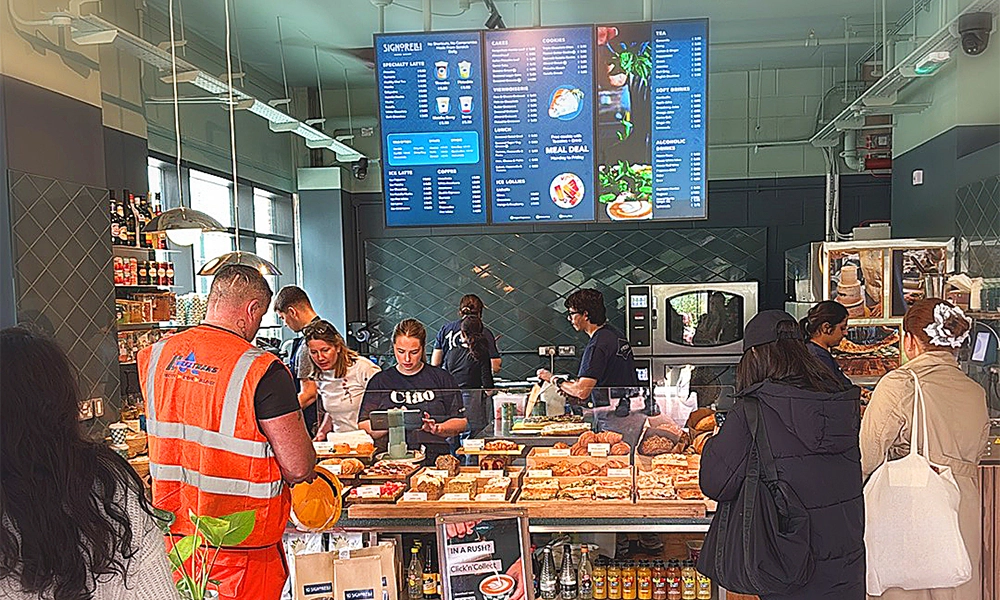
a complex symphony
“No-one in our baking team trained as a baker – they have all learned in our business and they’re doing an amazing job,” said Rebecca.
“It’s like a perfect symphony – you just watch them and everyone knows their role.
“We chose Canary Wharf for our latest expansion because it’s about 15 minutes from the bakehouse by cargo bike for deliveries.
“In lockdown, my husband, me and our little boy came to E14 a lot – we used to do these really long walks along the canal.
“Both Alberto and I grew up by the sea, so being close to the water felt familiar.
“Our strategy now is about creating mini pods of branches to grow Signorelli and we’d love to create one in Canary Wharf.
“It’s always been my husband’s dream to recreate the town squares of Italy in the UK, bringing people back to the table, to conversation.
“The Wharf allows us to share that energy.
“We are so much about getting people together, getting them off their phones and getting them to talk to one another.
“It requires patience and you can’t go into it expecting a quick turnaround.
“It’s a journey that you go on with the landlord, with the community, and everyone needs to work together to make it come alive.”
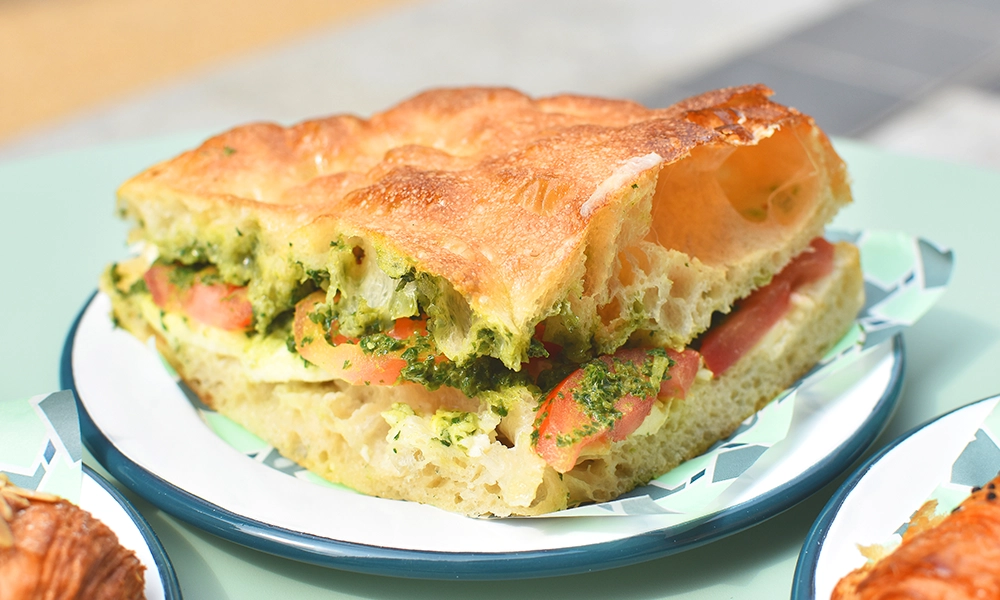
sustainable baking
Signorelli’s arrival in Canary Wharf also brings with it catering services and celebratory cakes, all delivered with a consistent focus on sustainability and healthy ingredients.
“The Italian philosophy is to have really good raw produce from rich soils, then you can create something really amazing from just three or four ingredients,” said Rebecca.
“We’re not about cutting costs to produce a better margin.
“We’re really happy to accept less profit on our baked goods to deliver better quality.
“My rule is that if I wouldn’t feed it to my three-year old, then I will not feed it to my customers.
“We guard massively against ultra-processed foods, although we haven’t yet found an alternative to Nutella, so there is one naughty thing.
“We also monitor our waste really carefully.
“We’re always looking to re-use anything that goes unsold, but is still delicious.”
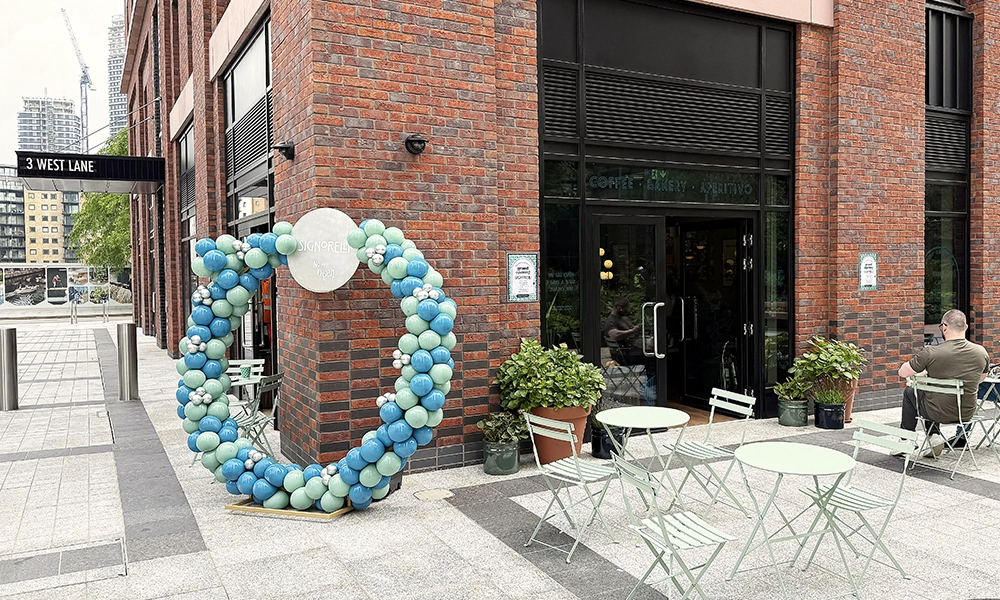
key details: Signorelli Wood Wharf
Signorelli Wood Wharf is located at 5 West Lane off Union Square and is open every day from 7am-7pm.
The bakery and cafe operates a “once it’s gone, it’s gone” policy to minimise food waste with customers seeking pastries advised to visit before noon for the full range.
Find out more about the new opening here
Read more: Brother Marcus opens its doors in Canary Wharf




